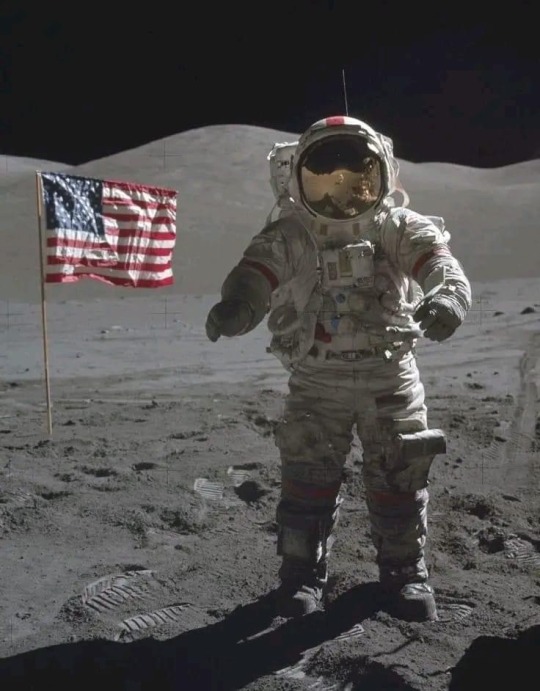#apollo 12
Text

November 20, 1969: Apollo 12 astronaut Alan Bean holds a sample container filled with lunar soil. Pete Conrad, who took this image, can be seen in Bean’s helmet visor.
1K notes
·
View notes
Text
The original Moon landing sites
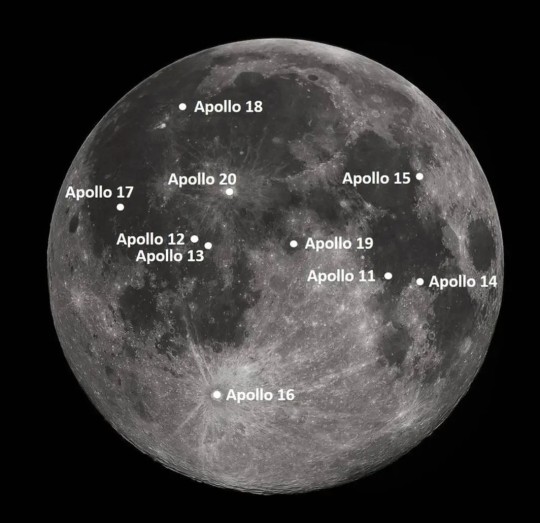
"NASA contracted to have 15 flight-worthy Saturn V rockets produced. Apollo 11 achieved the first landing with the sixth Saturn V, leaving nine for follow-on landings. The following landing sites were chosen for these missions, planned to occur at intervals of approximately four months through July 1972."
Note: I've updated this list with the original tentative planned launch dates.
G-type Mission
Apollo 11: (G) Mare Tranquillitatis, July 1969
H-type missions
Apollo 12: (H1) Ocean of Storms (Surveyor 3 site), November 1969
Apollo 13: (H2) Fra Mauro Highlands, March 1970
Apollo 14: (H3) Littrow Crater, July 1970
Apollo 15: (H4) Censorinus Crater, November 1970
J-type missions, the extended stay missions
Apollo 16: (J1) Descartes Highlands or Tycho Crater (Surveyor 7 site), April 1971
Apollo 17: (J2) Marius Hills or Marius Hills volcanic domes, September 1971
Apollo 18: (J3) Copernicus crater or Schröter's Valley or Gassendi crater, February 1972, later July 1973
Apollo 19: (J4) Hadley Rille, July 1972, later December 1973
Apollo 20: (J5) Tycho Crater or Copernicus Crater or Marius Hills, December 1972, later July 1974
As we all know, plans were changed and missions were cancelled. But it's nice to see what was initially planned.
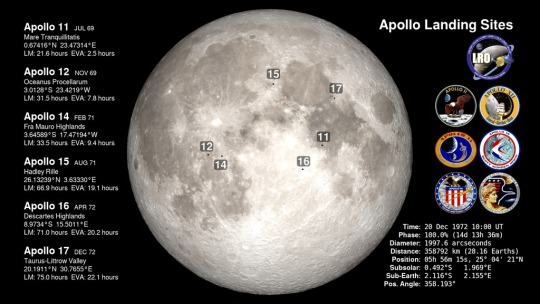
To compare with the actual landing sites and dates:
Apollo 12: (H1) Ocean of Storms (Surveyor 3 site), November 1969
Apollo 13: (H2) never landed, April 1970
Apollo 14: (H3) Fra Mauro, January-February 1971
Apollo 15: (J1) Hadley–Apennine, July-August 1971
Apollo 16: (J2) Descartes Highlands, April 1972
Apollo 17: (J3) Taurus–Littrow, December 1972
NASA ID: link, link
Information from Astronautix: link
Information from Wikipedia: link
#Apollo 11#Apollo 12#Apollo 13#Apollo 14#Apollo 15#Apollo 16#Apollo 17#Apollo 18#Apollo 19#Apollo 20#NASA#Apollo Program#Moon#Moon landing#Lunar Module#cancelled#G-type Mission#H-type mission#J-type mission#Cancelled Mission#my post
435 notes
·
View notes
Text

A stark landscape. Photograph during the Nov 1969, Apollo 12 moon landing with Pete Conrad. Apollo 12’s ‘Intrepid’ lunar module (reflected in the visor) was nearly identical to ‘The Eagle’ of Neil Armstrong & Buzz Aldrin; one difference being hammocks were installed so the astronauts could rest more comfortably when on the moon.
#apollo 12#astronauts#lunar landing#astronaut#man on the moon#1969#nasa#space exploration#vintage space#space#space travel#space age#space race#moon landing#astronaut suit#nasa astronauts#1960s#space flight#lunar surface#the moon
61 notes
·
View notes
Text
had a dream last night that i got to excitedly talk about apollo 12 to a group of interested people... this is getting out of hand
30 notes
·
View notes
Text
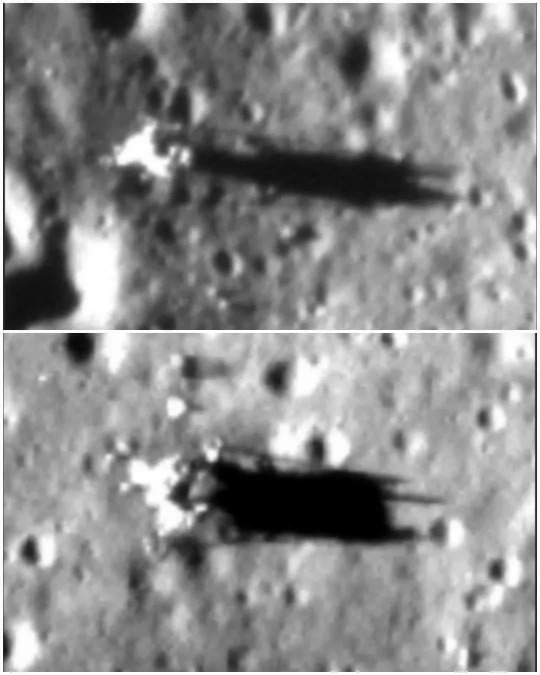
Apollo 11 and 12 landers imaged by the Indian orbiter Chandrayaan 2
57 notes
·
View notes
Text
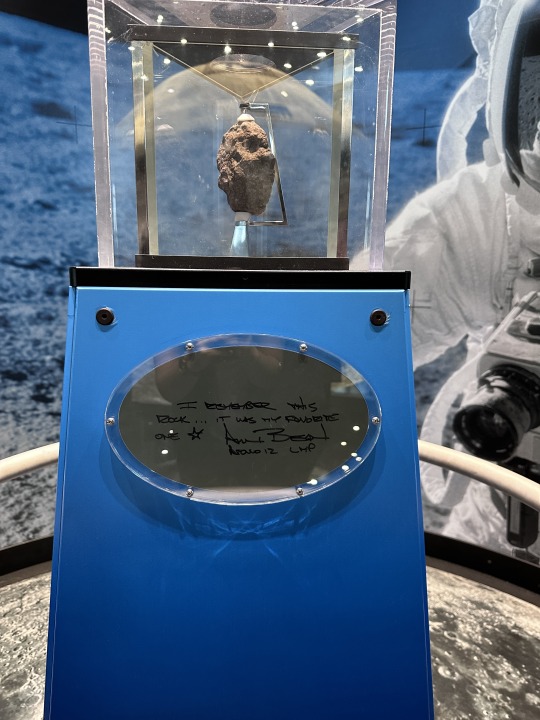
Apollo 12 moon rock | U.S. Space & Rocket Center, Huntsville, AL
23 notes
·
View notes
Text

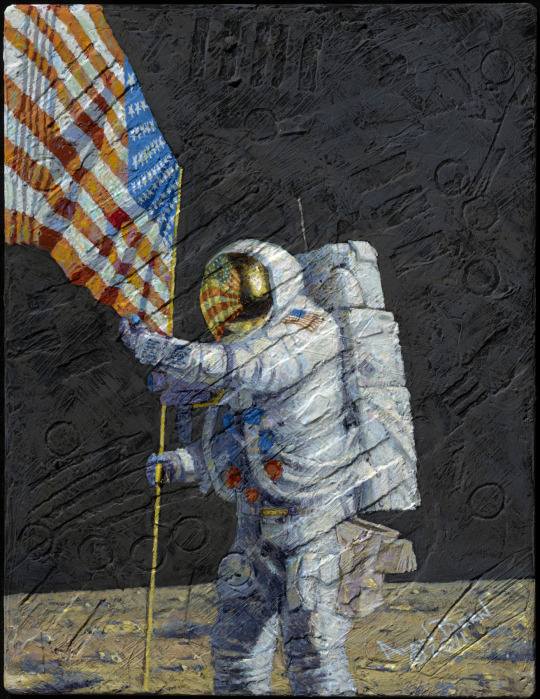








alan “al” bean (1932 - 2018), apollo 12 astronaut, artist, 4th man to walk on the moon.
“You know, people romanticize the moon. But I’ve been there and I can tell you it’s mostly black dirt. But I want it to be the most beautiful black dirt that’s ever been painted in the history of art.”
hallmarks of bean’s style include his impressionistic use of color and the stamped texture of moon boots (similar to the pair he wore on the apollo 12 mission: the original pair was left on the moon). he also would incorporate moon dust into his paintings, which he collected from the dusty patches from his space suit which he kept after the mission.
in order: hello universe (2003); we all had stars in our eyes (2011); remembrances of a moonwalk: self-portrait with earth (1984); NASA img AS12-4907242, Al’s boot prints and the Hand Tool Carrier (HTC); Al Bean’s Lunar boots, a window on the end of an era (2010); that’s how it felt to walk on the moon (1986); reaching for the stars (1997); our world at my fingertips (2005); is anyone out there? (2004).
all paintings here. nasa’s images from apollo 12 here. a 2009 interview with bean about his art here.
#alan bean#space#man idk what to tag this. i’m just so into his work and i wanted it on my blog#art#apollo 12#all of his interviews have this odd quality of being like. kind of magical and kind of devastating
48 notes
·
View notes
Text
Since the first Moon Landing in 1969, we’ve sent a total of a dozen men to the Moon. They are
Neil Armstrong (Apollo 11)
Buzz Aldrin (Apollo 11)
Pete Conrad (Apollo 12)
Alan Bean (Apollo 12)
Alan Shepard (Apollo 14)
Edgar Mitchell (Apollo 14)
David Scott (Apollo 15)
John Young (Apollo 16)
Charles Duke (Apollo 16)
Eugene Cernan (Apollo 17)
Harrison Schmitt (Apollo 17)
8 notes
·
View notes
Text

The Third Man Factor is a psychological phenomenon observed in individuals facing life-threatening situations. In such extreme circumstances, people report sensing the presence of an unseen companion, often referred to as the “third man.” This phenomenon gained prominence through historical accounts, with Sir Ernest Shackleton describing it during his Antarctic expedition when stranded with his crew after the ship Endurance became trapped in ice.
Experiences of the Third Man Factor can vary. Some individuals report feeling a distinct presence, while others may describe hearing a voice or sensing guidance. The nature of the “third man” can also vary, ranging from a religious or spiritual figure to a representation of a deceased loved one.
The phenomenon tends to occur in contexts of extreme isolation, danger, or stress. Here are a few notable instances:
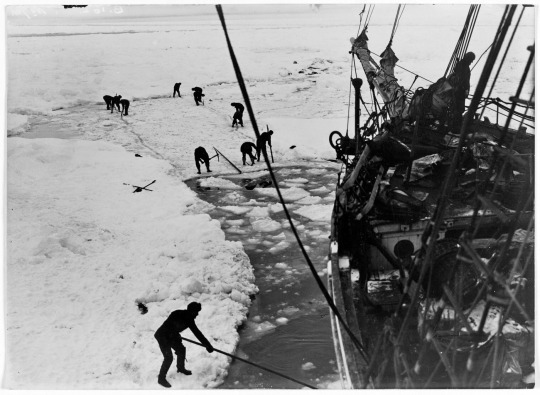
Ernest Shackleton’s Antarctic Expedition (1914-1916): Sir Ernest Shackleton and his crew faced a harrowing ordeal when their ship, the Endurance, became trapped in Antarctic ice. Shackleton later wrote about the presence of an unseen companion that seemed to accompany him and other members of the expedition during critical moments. The “third man” presence provided a source of strength and guidance.
Joe Simpson’s Mountaineering Ordeal (1985): Joe Simpson, a mountaineer and author, experienced the Third Man Factor during a perilous descent of Siula Grande in the Peruvian Andes. After a severe fall and being left for dead by his climbing partner, Simon Yates, Simpson reported the presence of a phantom companion who encouraged and guided him back to safety.
Aron Ralston’s Canyon Survival (2003): Aron Ralston, the subject of the film “127 Hours,” faced a life-threatening situation when his arm became trapped under a boulder while hiking in a remote Utah canyon. During his ordeal, Ralston reported a hallucination of a young boy appearing to him, offering comfort and companionship. This presence helped him endure the physical and emotional challenges until his eventual rescue.

Apollo 12 Moon Mission (1969): During the Apollo 12 mission to the moon, astronaut Charles “Pete” Conrad reported a strange experience. He felt the presence of an unseen entity during a moonwalk, which he later likened to the Third Man Factor. Conrad described a feeling of guidance and support during a crucial moment of the mission.
Psychologists and researchers have proposed that the Third Man Factor may be a psychological coping mechanism. Under intense stress, the brain may create a supportive figure to provide comfort and guidance. This phenomenon has had a notable impact on literature, influencing stories of survival and exploration.
#phsychology#mental health#stress#survival#extreme conditions#apollo 12#aron ralston#joe simpson#simon yates#ernest shackleton#polar expedition#expedition#third man factor#third man syndrome
3 notes
·
View notes
Text

CC: Apollo 12, Houston. Try SCE to AUXILIARY. Over.
CDR: Try FCE to AUXILIARY. What the hell is that?
CC: SCE! SCE to AUXILIARY.
CDR: SCE to AUX.
A bit late for the anniversary of Apollo 12's launch, but here's my tribute to the mission's infamous lightning strike.
Apollo 12 was the second NASA mission that was planned to land on the Moon. However, just after lauinching, at the 36 second mark of the mission, Apollo 12 was struck by lightning. This was followed by another strike during the 52 second mark. The first strike affected the Command Module's guidance computer and various sensors, thus resulting in various alarms within the cockpit, as the computer felt it was lost. To make matters worse, the fuel cells were removed from their buses, with the re-entry batteries the only ones left to power the spacecraft instruments. The second strike affected the attitude indicator.
Luckily for the crew, the Saturn V guidance computer was still fully functioning and keeping the rocket on course. However, the crew, and ground control at Houston, were still having warning alarms blaring. This due to the spacecraft's low power affecting the ability of the intrsumentation to function properly, since the fuel cells were still removed from their buses.
In order to resolve more power was needed for the instrumentation. To do this the Command Module must switch to an auxiliary power supply. Thus the famous command was given: "Try SCE to AUXILIARY."
Once instrumentation was fixed, Apollo 12 would continue on its journey and eventually reach orbit. They woud eventually reach the Moon, conduct their landing, and return safely back to Earth.
23 notes
·
View notes
Text

The Sun eclipsed by Earth during the Apollo 12 mission, November 1969.
(NASA)
628 notes
·
View notes
Text


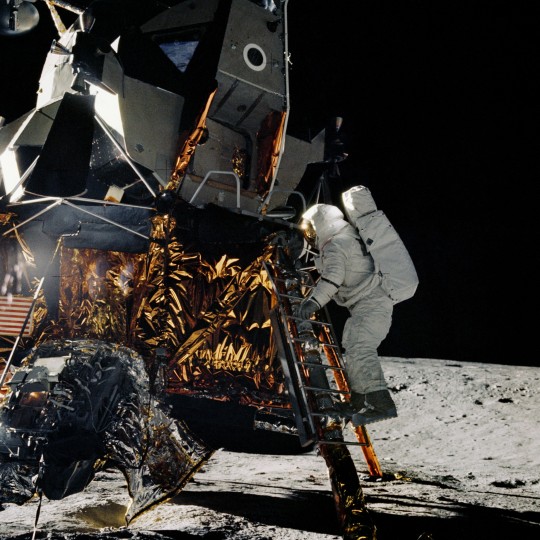

Apollo 12 Astronaut Alan L. Bean, lunar module pilot, starts down the ladder of the Lunar Module (LM-6) Intrepid to join astronaut Charles Conrad Jr., mission commander, in their first extravehicular activity (EVA).
Date: November 19, 1969
NASA ID: AS12-46-6725, AS12-46-6726, AS12-46-6728, AS12-46-6729
#Apollo 12#LM-6#Intrepid#Lunar Module#NASA#Apollo Program#H-type mission#November#1969#Moon Landing#Moon#Ocean of Storms#my post
183 notes
·
View notes
Text

Pete Conrad & Alan Bean train for an upcoming lunar landing via Apollo 12. The Nov 1969 moon landing was the second in the Apollo Program. The 3rd & 4th men on the moon spent 31 hours on the lunar surface while Command Module Pilot Richard Gordon orbited above. The mission saw an increased focus on geological training than A11. Another difference between the 2 missions were that hammocks were installed in the Lunar Module so Bean & Conrad could have a more comfortable stay with the spacecraft than Neil Armstrong & Buzz Aldrin had during Apollo 11.
#apollo 12#alan bean#Pete Conrad#astronaut#space travel#nasa#1969#astronauts#space exploration#vintage space#space#space race#space age#moon landing#space flight#1960s#apollo program#space program#spaceman#space history#project apollo#spacemen#space training
19 notes
·
View notes
Text
I had a dream last night that Pete Conrad and Alan Bean were building a snowman on the moon (???) and ended up throwing snowballs at each other until they fell down and that’s. Incredibly in character when I think about it
3 notes
·
View notes
Text
The second moon landing
The first words spoken on the moon on the second landing were from Conrad, who was shorter than Neil Armstrong. He said, "Whoopie! Man, that may have been a small one for Neil, but that's a long one for me."
10 things you might not know about the second moon landing:
1 note
·
View note
